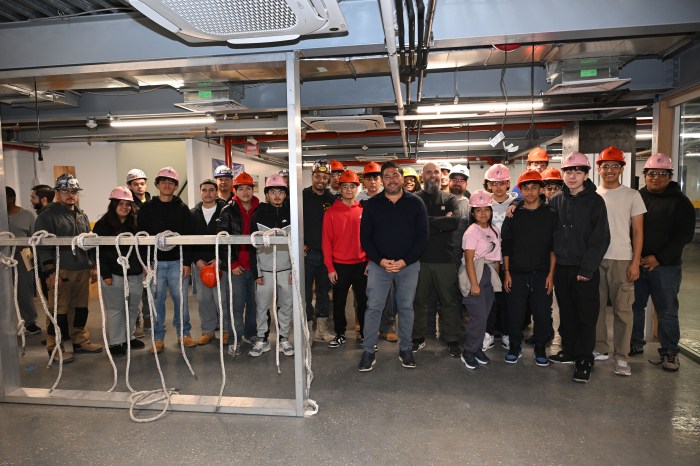New York City public charter schools have outpaced traditional public schools on both the state English Language Arts (ELA) and math exams for grades three through eight, for the third consecutive year. On the ELA exam, Queens charter schools achieved 68 percent proficiency, while traditional public schools came in at 59 percent proficiency. However, the Queens charter schools scored comparably with their public school counterparts in math proficiency.
In December 1998, the New York State Charter Schools Act allowed the establishment of independent public schools, operating based on the terms of a five-year performance charter. Charter schools are governed by a not-for-profit Board of Trustees and are held accountable for meeting specific student performance goals. Their charter can be repealed or not renewed if results are not achieved.
“No one expects or wants charter schools to replace the traditional public school system,” Paula L. Gavin, CEO of the New York City Center for Charter School Excellence, said. “Over the past eight years, public charter schools have shown they can positively impact the lives of thousands of children while improving the quality and value of mainstream public schooling.”
New York City has 58 public charter schools serving more than 15,000 students, 93 percent of whom are black and Latino. They admit students by open lottery and are located in communities of greatest need. As of now, the number of charter schools allowed to operate in all of New York State is limited to 100 by State law. Legislation is pending in Albany that would allow the number of charter schools to grow to 250 statewide. Gavin would like Queens residents to contact their state representatives and urge them to “raise the cap” on charter schools.
Gavin said that providing our children with a quality education is the most important civil rights issue of the day. “In a system where less than half of the City's black and Latino students graduate from high school with a Regents diploma, we must allow educational alternatives, like public charter schools, to develop and flourish.”



































